
KENNEDY SPACE CENTER, FL — With the New Year nearly upon us, America’s future human spaceflight programs have swung into high gear to restore our capability to indigenously launch American astronauts back to the High Frontier.
AmericaSpace recently spoke one-on-one to Phil McAlister, one of the architects of NASA’s Commercial Crew effort, for an inside look at the current program status and what lies ahead in 2015 and beyond for the two companies—Boeing and SpaceX—chosen to build the spaceships that “are targeting 2017 as our goal for fights to the ISS (International Space Station).”
McAlister said that establishing the baseline “spacecraft design” with each company was a critical first step to move forward most efficiently and practically.
“NASA thought that for the first milestones going out of the gate, we need a common understanding between the companies and us of – What is your design! That’s what the certification baseline review is,” McAlister, director of Commercial Spaceflight at NASA Headquarters, told AmericaSpace in an exclusive interview at NASA’s Kennedy Space Center during the Orion launch period.
NASA’s two-pronged strategy to build new human-rated spaceships is finally taking off with the recent flawless launch and completely successful mission of the Orion deep space capsule on its first test flight on Dec. 5 and the recent selection of Boeing and SpaceX to build the first-ever privately developed manned capsules to transport our astronauts to the International Space Station (ISS).
On Sept. 16, 2014, NASA Administrator Charles Bolden announced that Boeing and Space were both awarded contracts under the Commercial Crew Transportation Capability (CCtCap) program and NASA’s Launch America initiative, designed to return human spaceflight launches to the United States and end our sole source reliance on Russia.
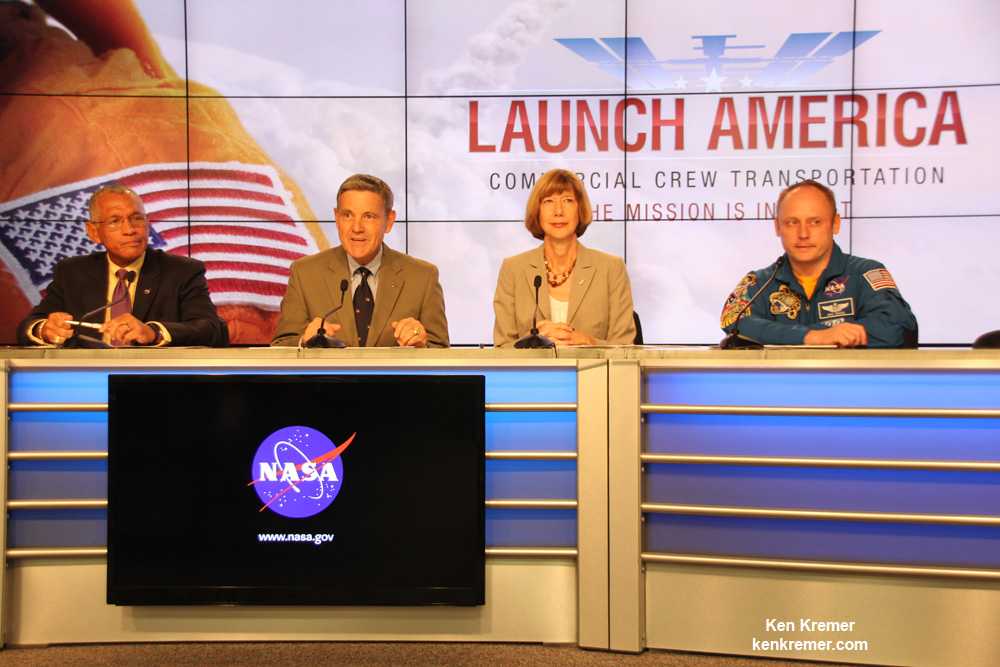
“From day one, the Obama Administration made clear that the greatest nation on Earth should not be dependent on other nations to get into space,” Bolden told reporters during a briefing at the agency’s Kennedy Space Center in Florida.
Under the CCtCAP award, NASA awarded contracts valued at $6.8 billion to Boeing and SpaceX aimed at restoring America’s astronaut launch capability by the end of 2017.
“Each company is guaranteed two missions – if they complete certification,” McAlister told AmericaSpace.
And crew safety is paramount.
“We do want to fly as soon as possible. But that does not trump the goal of safety,” McAlister emphasized.
“So if they are not ready by 2017, then we will do what is necessary to make sure those test flights are safe.”
SpaceX was awarded $2.6 billion to build the Dragon V2 spacecraft for launch atop the firm’s man-rated Falcon 9 rocket. Boeing was awarded a contract worth $4.2 billion to build the CST-100 space taxi that will launch atop a man-rated United Launch Alliance Atlas V.
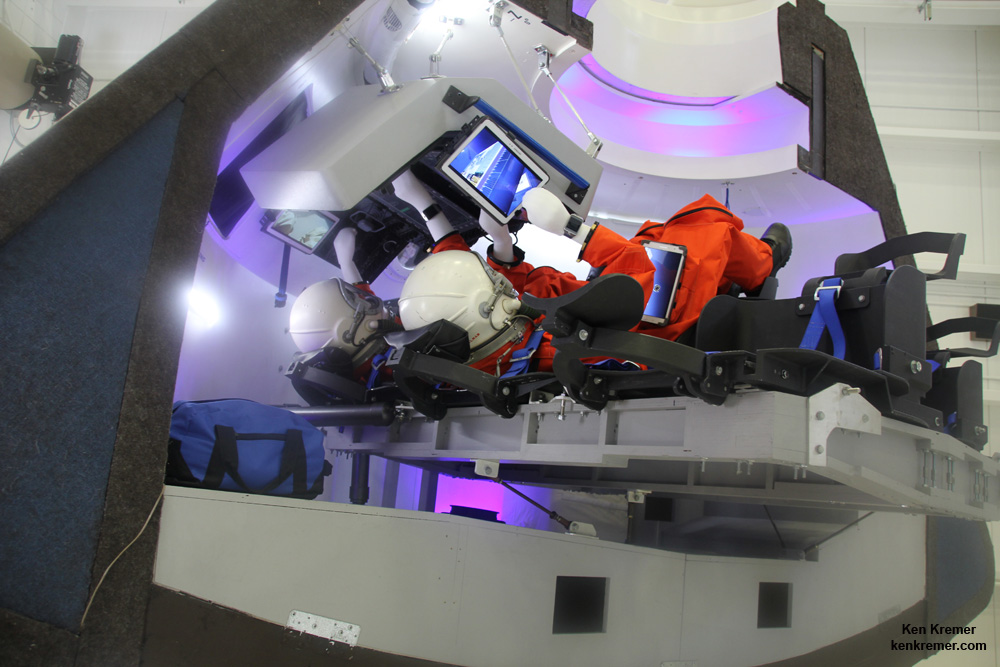
Here’s the full AmericaSpace interview with Phil McAlister:
Ken Kremer/AmericaSpace: Please describe the history and current status of the contracts awarded under the Commercial Crew Transportation Capability (CCtCap) phase of NASA’s Commercial Crew Program (CCP) and NASA’s Launch America initiative?
Phil McAlister: We are about halfway into the development of the commercial crew program. We started it in earnest in 2010 with some very very small agreements that were called CCDev, or Commercial Crew Development. It was also started with just a very small amount of money, just about $50 million.
But since then we’ve gotten progressively larger budgets and more advancement.
So at this point we are now at about the critical design review (CDR) level of maturity. So that’s about half way through.
We are targeting 2017 as our goal for fights to the ISS. So we started in 2010. Now we’re at the end on 2014. And 2017 is when we hope to see the first [crewed] flights.
AmericaSpace: So in Sept. 2014, NASA Administrator Charles Bolden announced the selections of Boeing and SpaceX here at the KSC Press Site. So where are we at currently with the program status since the selections with those two partners?
Phil McAlister: Well we have just gotten started with the most recent contract known as CCtCAP (Commercial Crew Transportation Capability).
SpaceX got $2.6 billion and Boeing got $4.2 billion.
That price includes starting from where they are right now [at the finish of CCiCAP and transitioning to CCtCAP]. It goes all the way through development and certification.
The price also includes 12 certification missions, or six each [for Boeing and SpaceX].
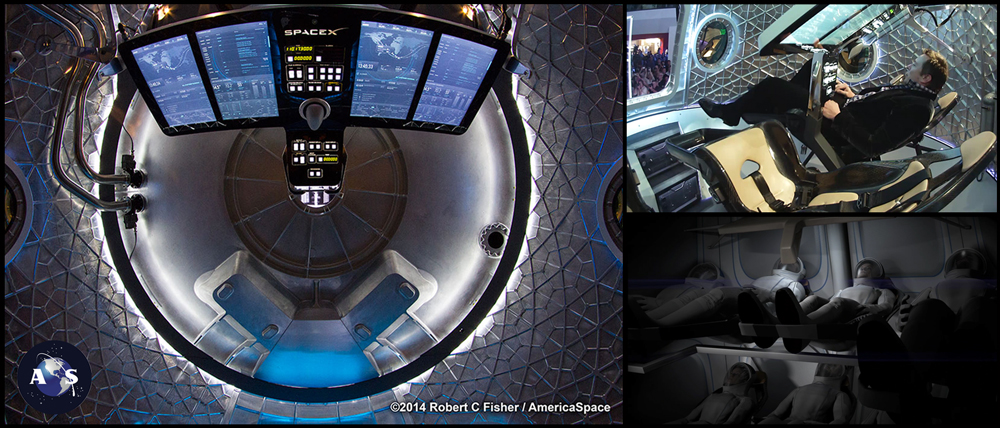
AmericaSpace: So can you just clarify that a bit more about the number of missions involved since Bolden’s announcement mentioned 1 to 6 missions.
Phil McAlister: They are each guaranteed two missions—if they complete certification. And then after that, missions 3,4,5,and 6 are optional and up to NASA to award.
So we could award as few as four missions [meaning two missions to each partner] – assuming they both complete certification – and as many as 12.
So that gives us, NASA, some flexibility. Now we also do foresee the need for a longer term services contract that just has missions [to the ISS]. But with the optional flights that gives us some flexibility on when we need to pull the trigger on that next procurement.
AmericaSpace: So NASA could still decide to limit the number of missions awarded to less than six if either of the partners did not meet expectations?
Phil McAlister: Yes and that’s why we wanted to guarantee at least two missions each to start with. But its not like you get all the way through certification and then we say, OK you did great but sorry you won’t be getting any servicing missions.
Through several interactions with the companies, we got to the point where it mitigated our risk and mitigated their risk.
So we were both comfortable with, if you complete certification you are guaranteed at least two missions to the International Space Station and then the others are awarded on an optional basis.
AmericaSpace: So if NASA is dissatisfied or not fully satisfied you could limit the flights to two?
Phil McAlister: Yes, NASA has the option to award more missions or not after the first two flights.
AmericaSpace: So the goal for manned missions is still 2017 for one or both of the providers?
Phil McAlister: We would like them both to complete certification by 2017.

AmericaSpace: So what are the upcoming CCtCAP milestones in the upcoming six months to a year and beyond? Do you still have milestones? What do you expect from each company?
Phil McAlister: Yes, there are milestones [under CCtCAP]. They all proposed a different set of milestones because each company has a bit of a different development approach.
There are five pre-certification milestones and five post certification milestones.
We said that at a minimum there will be five milestones during the certification phase. And we [NASA] defined what those would be.
The milestones would be cumulatively more advanced and closer to certification.
And then we said, beyond those five you guys propose additional milestones that demonstrate that you are making progress. And then you can get partial payments up to the full certification [under CCtCAP].
So that’s what they all did. They proposed a unique set of milestones in addition to the four that they had to. So those four are the same.
Then in addition they each proposed their own set of milestones. Primarily those involved the test flights, and a lot of safety reviews.
In fact Boeing already just completed their first milestone. Boeing completed their ‘certification baseline review’ just recently and we closed that out and awarded that.
That was one of the mandatory ones.
SpaceX had a similar milestone coming up later this month [in December]. That was to establish the ‘baseline design’ by which they are going to use going forward.
** Note: Read the details about the first Boeing and SpaceX CCtCAP milestones accomplished in my new AmericaSpace stories – here and here.
So we [NASA] thought for the first milestones going out of the gate we need a common understanding between the companies and us of – What is your design! And that’s what the certification baseline review is.
And then we have an ORR, an Operations Readiness Review. Then they all proposed test flights and other ground testing, and those are all milestones as well. And also some safety reviews.
So you will see all that happening over the next three years. So there are a lot of design reviews. But also a lot of testing as well.

AmericaSpace: How about SpaceX and the fact that they haven’t yet completed all of their CCiCAP milestones? Boeing has completed all their CCiCAP milestones. How does that factor in, if at all? Please describe what remains to be done and the status?
Phil McAlister: Right now SpaceX has a pad abort test scheduled for January. And the in flight abort test is scheduled for March of 2015. Those are part of the previous agreement [on CCiCAP]. They are still on the books and we still want SpaceX to complete those.
AmericaSpace: Those abort tests are the last two CCiCAP milestones for SpaceX correct?
Phil McAlister: Yes. The pad abort test is here at Kennedy. The in-flight abort test is at Vandenberg.
AmericaSpace: So you don’t see those two abort tests holding SpaceX up at all?
Phil McAlister: No we don’t see that as holding them up. We want SpaceX to do it and to do it right and do it safely. So if it takes them more time then we want them to take the time it needs to do it right.
We do want to fly as soon as possible. But that does not trump the goal of safety. So if they are not ready by 2017, then we will do what is necessary to make sure those test flights are safe.
AmericaSpace: Is there any possibility that the unmanned orbital flight tests could be done by sometime in 2016?
Phil McAlister: We haven’t released the specific test flight schedules yet, because we are still under protest [from SNC]. But the protest will be resolved hopefully by Jan. 5, 2015. And by that time we will release the [exact CCtCAP] milestones. So by that time you will have a better idea of what they are.
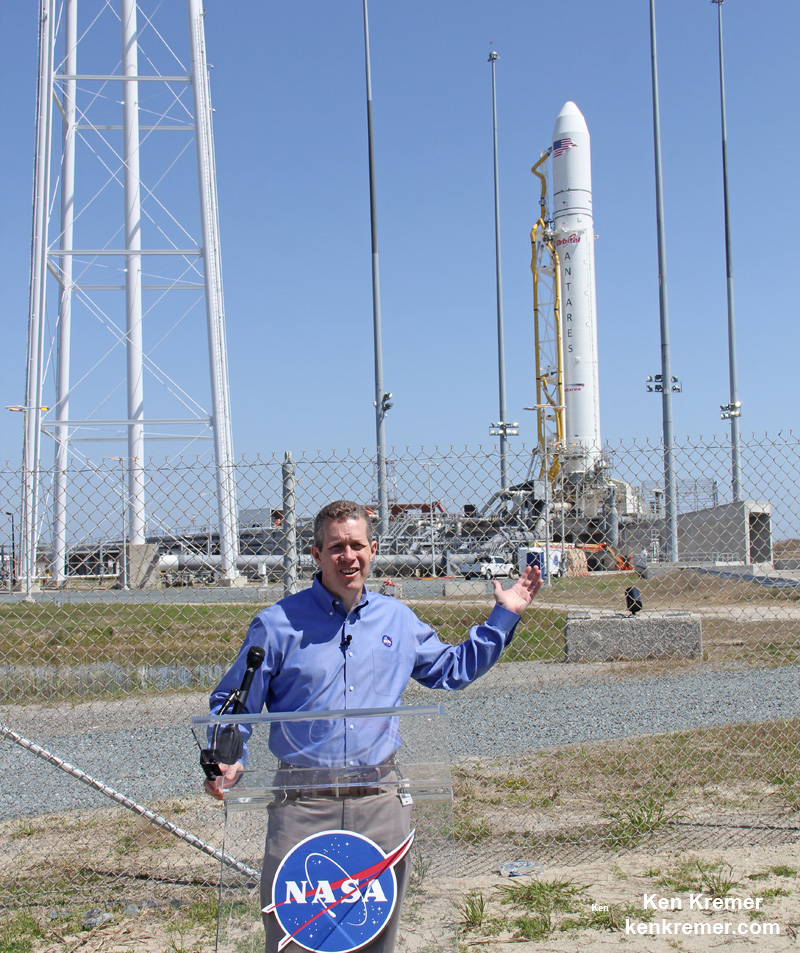
AmericaSpace: And the way I understand it now, the first test flight missions from each will involve a mixed crew involving a NASA astronaut and the contractors? This is a change now, correct, because previously the first flight was just planned to be a contractor crew with their test pilots only?
Phil McAlister: Yes. During the test flights, we wanted at least one NASA person on those flights. Prior to this we didn’t dictate to the companies who needed to be on these test flights. So it was entirely up to them. Most people logically assumed it would be mostly company personnel.
They could have included NASA personnel or even made it all NASA personnel for the test flights. It was really all up to the companies. We wanted them to propose what was best for them.
Now as we went forward, we said well at a minimum we want at least one NASA crew member person on those test flights.
AmericaSpace: Why?
Phil McAlister: So that we [NASA] could gain the insight on how the operations were going, how the training would occur, and just get a little bit more insight into the overall process.
So that is the minimum requirement, that they have one NASA person. And they can put as many company personnel on their as they want to.
AmericaSpace: What’s the crew size NASA foresees for the missions beyond the test flights?
Phil McAlister: For the real missions, we said we want the capability to launch up to four of our astronauts per flight. At a minimum they have to launch our four crew to the ISS.
AmericaSpace: Thank you Phil for speaking to AmericaSpace today.
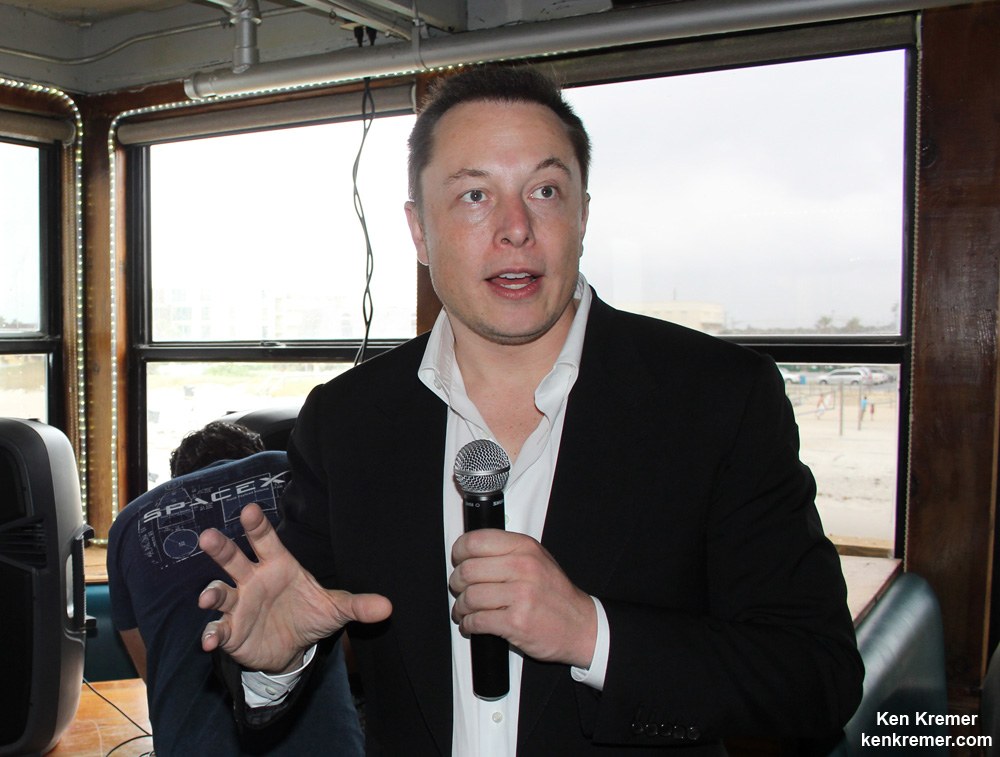
Stay tuned here for continuing updates.
Want to keep up-to-date with all things space? Be sure to “Like” AmericaSpace on Facebook and follow us on Twitter: @AmericaSpace
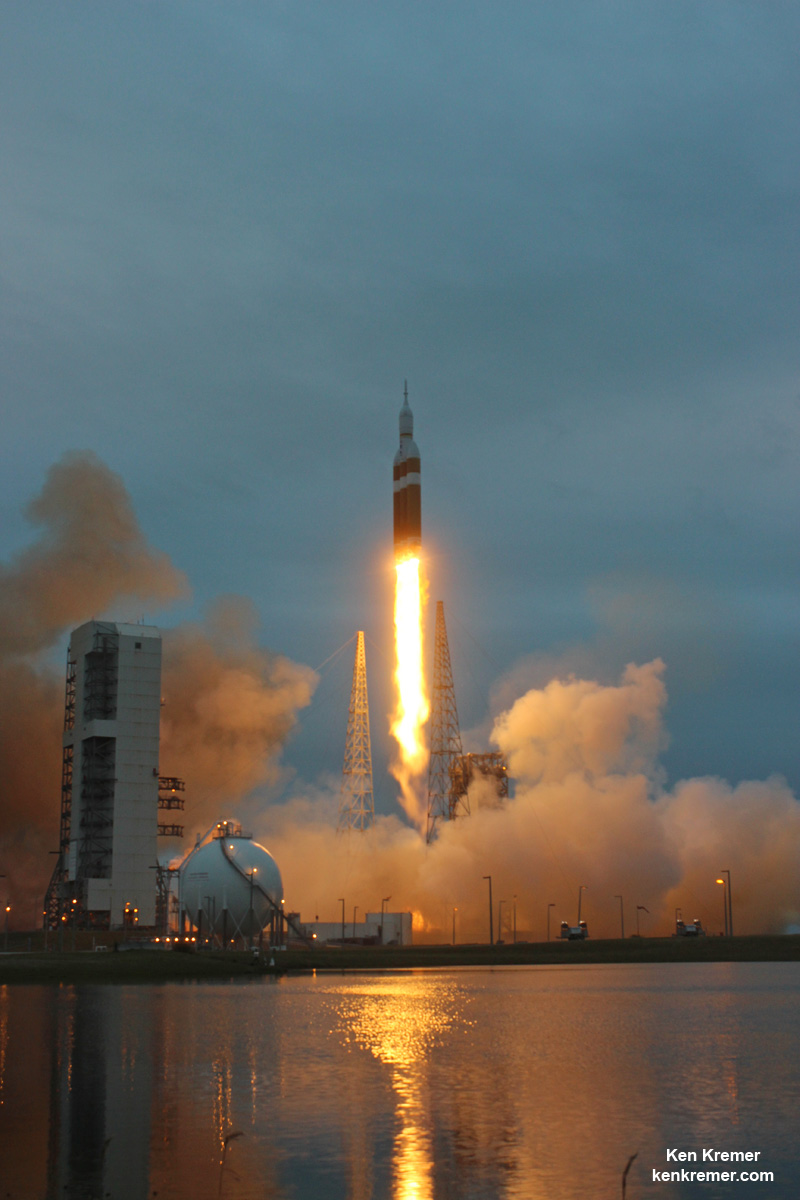




One Comment
One Ping
Pingback:What’s Ahead for Commercial Crew in 2015: One-on-One Interview with NASA’s Phil McAlister | Today in Space